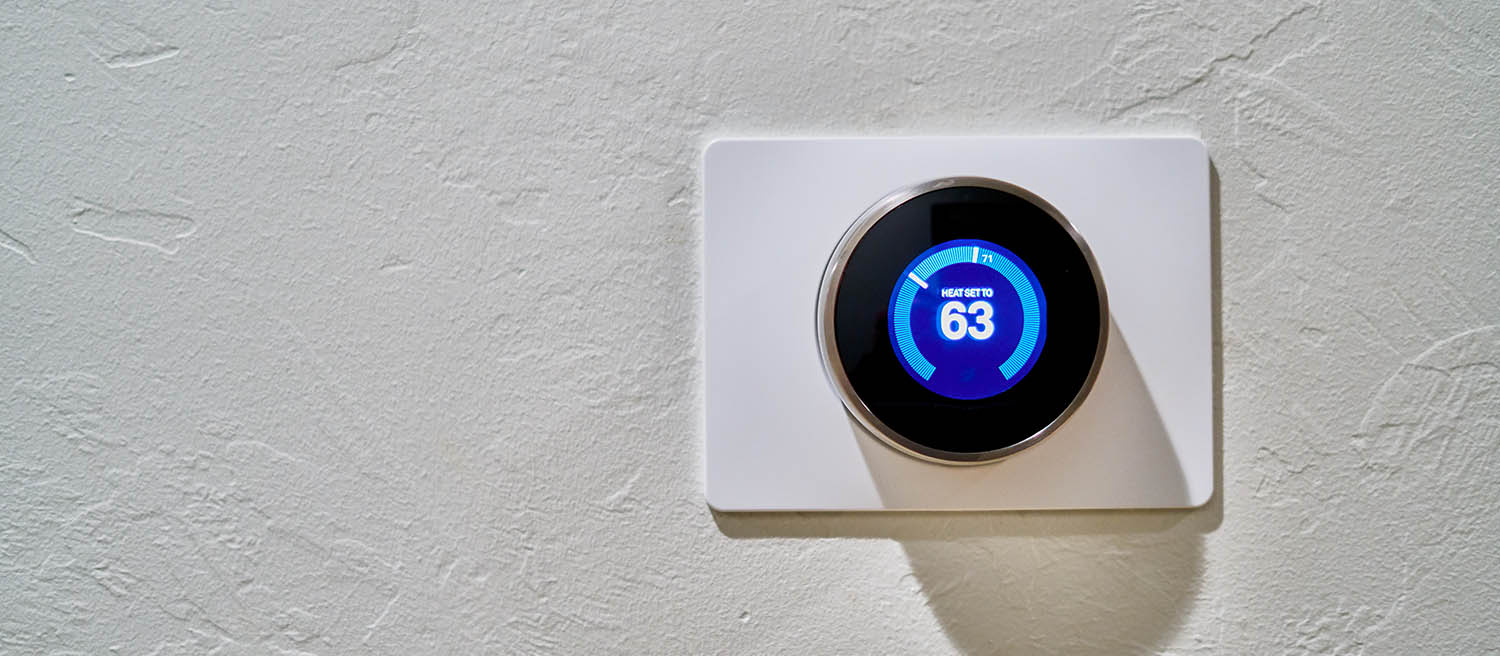
05 Jun Technology Shifts in Multifamily Real Estate
There is no denying that the commercial real estate industry has changed drastically over the years. One of the primary advances has been via property technology (or PropTech), which has changed the very way that we interact with physical buildings. This, paired with an increased desire (or in some cases, need) for multifamily properties, has caused significant changes — particularly in the multifamily space.
“Apartments should continue to play a role in the total housing market that goes beyond the historical norm,” says Greg Willett, chief economist for Real Page Inc., a property management software provider based out of Richardson, Texas. In fact, studies show 78% of people feel that renting is more affordable and more beneficial than owning. That being said, multifamily investors and managers have taken this as an opportunity to work at peak efficiency by creating smarter properties utilizing PropTech and other technological advances.
Let’s take a look at 3 unique ways this technology is allowing multifamily buildings to get smarter.
- Utility Efficiency
One major benefit of PropTech and smarter buildings in the multifamily sector is the ability for investors and landlords to be able to install smart devices such as lighting, water heating, and cooling amongst other things — and then ensure they are working at maximum efficiency to provide cleaner, more economic utilities. Proptech companies such as Grid work with developers to employ the most efficient technology into buildings. They then use smart monitoring to accurately bill tenants. This charges them appropriately and the system costs less for landlords.
- Tenant Connectivity
Getting smarter by connecting your tenants and streamlining the process for things they need is another way multifamily buildings are getting smarter. Companies such as Homebase have given property management the ability to connect with tenants like never before, and are giving tenants more control and convenient renting experiences.
Homebase provides building-wide Wi-Fi and Bluetooth. This ensures tenants have internet at all times, and landlords get it for the best price. This also allows a link to smart amenities such as locks, thermostats, lighting and AI integrated devices. Tenants can communicate with management, pay rent, request maintenance and more. Considering tenants are willing to pay more for these conveniences, it creates a positive atmosphere for tenants, management and investors/landlords.
- IoT Technology (Internet of Things)
We are all aware that everyday items commonly found in multifamily units—from thermostats to ovens—are all “smarter.” They need to gather data to work and continue to evolve. IoT or Internet of Things is what makes this happen. IoT has become an industry valued at more than $85 million in the last year alone.
Within the real estate industry, IoT can be used to create extremely cohesive management potential, with more affordable options for tenants and better returns for landlords. According to Mark Brown, Principal of CohnReznick, a national professional services firm, “all it takes is a small number of investment dollars to take on new technology and explore it. You can bring in some of this newer technology, try it out, see if it lasts and find ways to incorporate it into your infrastructure.” If it works for you, you can keep it and reap the benefits.
Overall, technology is always evolving. Though it may be scary investing in new technology that could be replaced in a few years, this is not the way to think. Falling behind technologically would be a bigger detriment than having to update over time. Staying on top of the newest advances and making sure your building is working smarter, rather than harder, will ensure happy tenants, seamless management and even greater returns for your property.


Conrad Green
Posted at 05:02h, 11 SeptemberGreat article!